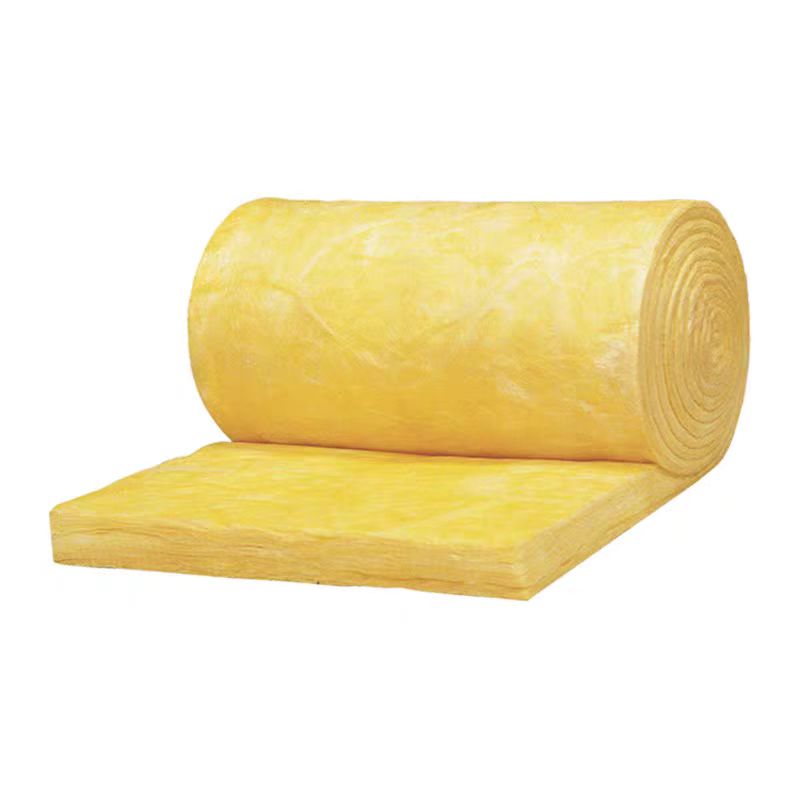The frequency has also increased accordingly, mainly reflected in the formwork support and deep foundation pit engineering support, forming the fifth largest injury after the four major injuries. As a supervision engineer, we must conduct safety supervision of construction facilities, equipment and human behavior from different aspects according to the specific characteristics of project construction. Key safety supervision needs to be carried out, including:Temporary electricity use. As a supervision engineer, you should review the temporary electricity use plan for construction
Whether it meets the requirements of mandatory standards and specifications, the goal is that the erection and installation of temporary electricity should ensure the safety of use and prevent the occurrence of electric shock accidents. For temporary electrical equipment, the safety protection meets the requirements of standards and specifications. The key control objects of safety supervision are electricity consumption, the correct choice of protection methods, the installation of line and electric box leakage protectors in accordance with regulations, the power supply voltage of on-site lighting and the protection requirements of external overhead lines.
Work at heights. As a supervision engineer, he should check whether the erection of various safety signs and safety nets meets the requirements of mandatory standards and specifications, and check whether the relevant safety facilities are accepted. The goal is to ensure that the operators have basic safe working conditions to prevent falls from heights and object strikes. Safety supervision focuses on controlling the objects, such as holes and edge operations, climbing and suspended operations, operating platforms and cross operations, etc., and the safety and reliability of protective measures for working at heights under various conditions.
Saffold erection. As a supervision engineer, should first review the scaffold erection safety measures and safety special project construction plan to meet the requirements of mandatory standards and regulations, and supervise the construction unit to implement. The goal is to make the scaffold meet the use requirements, load requirements and protection requirements, to prevent the occurrence of high falls and frame collapse accidents. Safety supervision focuses on the control of the scaffold member spacing, scissors, bracing and wall parts must meet the overall stability requirements, the working layer must not be overloaded and must ensure the stability of the scaffold dismantling process.
On-site construction machinery. As a supervision engineer, you should check whether the acceptance of on-site construction machinery meets the requirements, especially the material hoist, which is the main vertical transportation machinery, should be paid more attention to. Its ultimate goal is that all kinds of construction machinery should be operated according to the performance and use requirements specified in its instructions to prevent mechanical injury accidents. As the frame structure of the material hoist, it must meet the requirements of the bearing capacity. The transmission mechanism must meet the requirements of the work operation. The hoist should have the necessary safety protection devices to prevent the occurrence of high falls, frame collapse and mechanical injury accidents. Safety supervision focuses on the acceptance of the hoist before use after installation. After confirming that it meets the requirements, it should be put into operation. All kinds of safety protection devices should be tested to confirm their reliability. Hoists should be used according to regulations. Operators must be familiar with the performance of machinery. Electric machinery should comply with electrical installation regulations. Overloading of lifting machinery is strictly prohibited. All kinds of machinery must be repaired and maintained according to regulations. Before use, it should be tested to confirm that it meets the requirements.
Earthworks: whether the protective measures for obstacles on the ground are complete; whether the protective measures for underground concealed objects are complete; whether the protective measures for adjacent buildings are complete; whether the drainage and flood control measures in the site area are complete; whether the earth excavation is completeHigh-temperature glass wool blanket wrapping protection, because the surface temperature of the fire pipe can reach 300 ° C to 450 ° C, most local thermal power plants use high-temperature glass cotton blanket protection wrapping for heating pipes. The use of high-temperature glass wool on directly buried pipelines also has good results, as shown in Table 4 below.
Table 4 Test data of multi-screen composite thermal insulation direct buried pipe
|
project |
Under normal pressure |
| The surface of the tube at the moisturizing tube bracket |
The outer surface of the tube at the insulation layer of the Paugne tube |
| Average temperature/℃ |
Heat flux/(F · -2) |
Average humidity/℃ |
Heat flow in degrees/(W-2) |
| Medium 300 ℃ |
44 |
108 |
36 |
109 |
| Medium 250 ℃ |
32 |
90 |
29 |
50 |
| Medium 200 ℃ |
26 |
61 |
27 |
43 |
Whether the safety production measures of the construction organization and construction machinery are complete and complete; whether the stability support measures and calculation books of the slope of the foundation pit are complete and complete; whether the safety protection measures around the foundation pit are complete and complete.
Formwork construction: Whether the load value of the formwork structure design calculation book is in line with the actual project, and whether the calculation method is correct; the formwork design should include the strength of the supporting system itself and the building and ground bearing capacity of the supporting formwork, including the structural components and the supporting system. Whether the design of the connecting parts is safe and reasonable, whether the drawings are complete, and whether the safety measures in the formwork design are comprehensive.
(III) Safety supervision at the completion acceptance stage
Supervise construction units to implement product protection measures and safety precautions.
Examine whether the labor safety and health facilities are built and delivered for use at the same time as the main project and the labor safety and health facilities inspection report.
Review the project indoor environmental inspection report.
Prepare construction project safety supervision report.
After passing the acceptance, the relevant engineering safety supervision materials will be transferred.


